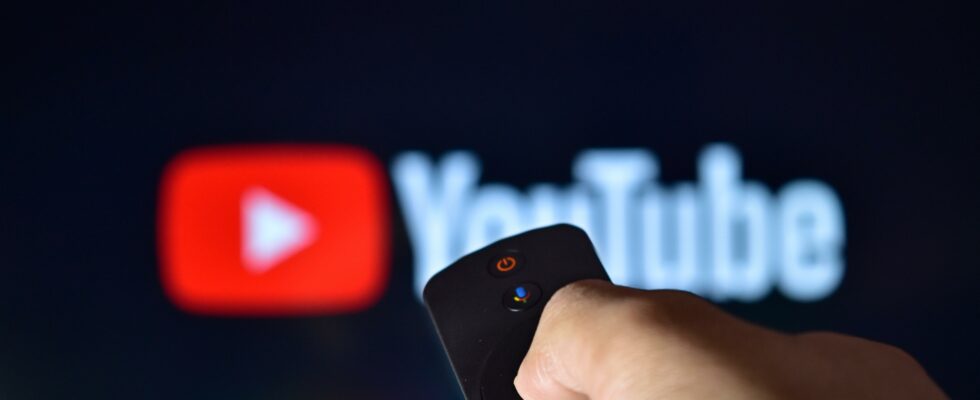The platform is launching a tool in Creator Studio that requires creators to report if content, which could be mistaken for reality, was created with modified or synthetic media, includingGenerative AI.
We can’t say that we weren’t warned. YouTube announced on November 14, 2023, in a series of major commitments, that it would be able to require creators to indicate whether their content has been modified or created synthetically, in particular for videos touching on sensitive subjects such as elections, ongoing conflicts, public health crises, or public figures.
It is now done. Since Monday March 18, 2024, the platform has announced the introduction of a new tool in Creator Studio which will force creators to intervene when content could be confused with a real person, place or event, or that it has been created with modified or synthetic media including generative AI.
This measure aims to prevent users from believing that a synthetically created video is real; a growing challenge as generative AI tools become more sophisticated. The announcement comes as experts have warned that AI and deepfakes could pose a notable risk in the upcoming US presidential election.
A strict framework, but some adjustments
In order to ensure more transparency for its subscribers, Google’s video platform, which recently declared war on the unconnected, has implemented this new tool in Creator Studio. As previously announced, this information is presented as labels in the detailed description or directly on the video player.
“
The new label aims to increase transparency with viewers and build trust between creators and their audiences », We can read on the YouTube blog.
General videos will have a label in their detailed description, while those covering sensitive topics such as health, news, elections or finance will have more prominent labeling directly on the video.
An ethical rule which establishes a framework of transparency, certainly, but which is not restrictive however. Indeed, YouTube’s new policy does not require creators to disclose content that is clearly unrealistic or animated like someone riding a unicorn in a fantasy world.
It also does not require sometimes cash-strapped creators to disclose content that used generative AI to assist in production, such as generating automatic scripts or subtitles.
It’s really about targeting videos that feature a realistic person.
For example, creators will need to indicate whether they have digitally altered content to “ replace the face of one individual with that of another or synthetically generate a person’s voice to narrate a video “. They will also need to designate content that alters images of real events or locations, for example making it appear as if a real building has caught fire. Creators will finally have to tell their subscribers whether they have generated realistic scenes of fictional major events, such as a tornado heading towards a real city.
A gradual deployment, but a regulation applicable immediately
The coming weeks will see the gradual rollout of these labels across all YouTube platforms and formats, starting with the mobile app and eventually expanding to desktop and TV. If YouTube wishes to provide its community with the necessary time to get used to the new procedures and features, compliance measures will be considered for creators who regularly fail to disclose this information. YouTube reserves the right to add labels proactively, especially if the modified or synthetic content could be misleading or misleading.
At the same time, the updating of confidentiality rules is also underway. It already allows users to request the removal of AI-generated content or other synthetic or modified content that imitates an identifiable person, including their face or voice.
We understand that YouTube intends to take advantage of the development of generative artificial intelligence within its platform and encourage content creators to use it. By imposing a certain framework on its creators and allowing users to also be actors, the platform shows that it is both transparent and attentive to its community.
Source : Youtube

0